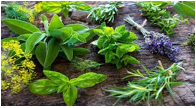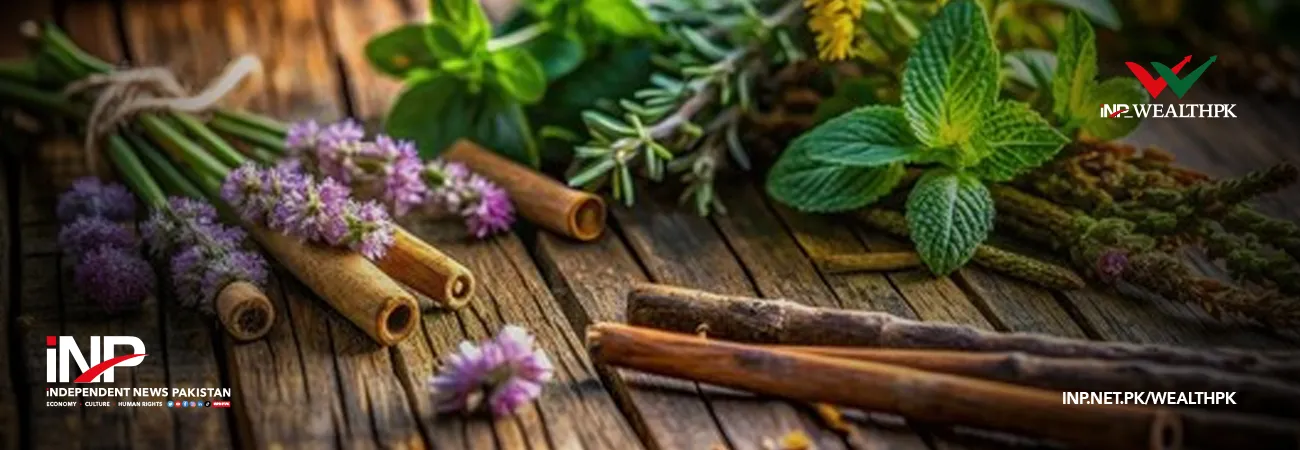INP-WealthPk
Faiza Tehseen
Harnessing the potential of valuable herbs and plants can fetch wealth for farmers and the state, said Dr Riffat Tahira, Programme Leader of National Medicinal, Aromatic and Herbs Programme of Pakistan Agricultural Research Council (PARC).

Talking to WealthPK, she said: “The northern areas of Pakistan, especially Gilgit-Baltistan, are ideal for growing valuable herbs and plants – ginseng, saffron, peppermint, chamomile, lavender, and basil. As the plantation of valuable plants and herbs can be made possible in large flowerpots and small areas, women can also be involved in the farming and value addition business.”
She said that worldwide, cultivation of herbs and plants for culinary, perfumery and medicinal purposes was emerging as a non-traditional but potential farming practice. “The global demand for organic products for different purposes is rocketing. The international market for herbal products is expanding rapidly.” Tahira said: “Mostly, such farming requires fewer inputs, including water, fertilizers and pesticides, making them easy to conduct in a cost-effective way.
By fostering the farming of valuable herbs and plants, not only the small farm land holders can earn better incomes but the marginal lands can also be brought under utilisation.” She said that along with the development of the local economy, Pakistan can earn handsome profits by exporting herbs and plants-based value-added products. “The cultivation of valuable herbs and plants will play a vital role in the socioeconomic uplift of local communities.
It will also help increase the number of cottage industries related to value-addition segment.” The PARC official said: “The cultivation of valuable herbs and plants will open new windows of opportunity in various sectors – processing, packaging, marketing, transportation, and distribution. The establishment of plants and herbs processing units will contribute vastly to the growth of sustainable herbal economy.”
Tahira added that the cultivation of valuable herbs and plants would also help leverage the non-traditional agricultural products. “To promote their farming, awareness programmes are necessary as clear knowledge of their value will lure investors to inject their money into this sector.” “The government should also offer incentives and subsidies to encourage cultivation of herbal and medicinal plants, and help market these products internationally,” Tahira said.
Muhammad Akbar, an environmentalist from the region, said: “Such plantations can prove to be a sustainable source of livelihoods for locals. “As most of the valuable herbs and plants are perennial, they act as carbon sinks alongside providing different other socioeconomic benefits.” He said that cultivation of valuable plants and herbs was also a natural way to conserve the near-extinct species. Akbar said: “Most of the mountainous areas in Pakistan have only land patches.
The farming of valuable herbs and plants is possible in small patches or in limited space. So, farmers having small land pieces can also make productive use of them. Marginal lands can also be made fertile with the plantation of some of the perennial valuable herbs and plants species – alfalfa, buckwheat, basil, etc.”
The global market of culinary herbs and plants is valued at $3.22 billion in 2025, which is expected to grow at a compound annual growth rate (CAGR) of 12.29% by 2029. The international market for medicinal aromatic plants and herbs was worth $150 billion in 2020 and is expected to grow at a CAGR of 50% by 2027.
Credit: INP-WealthPk




